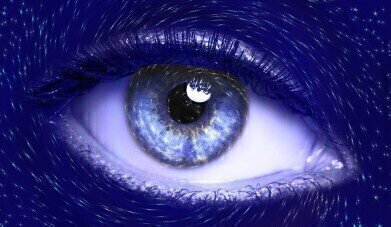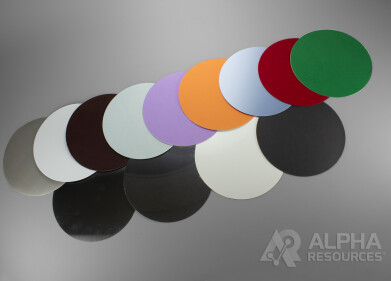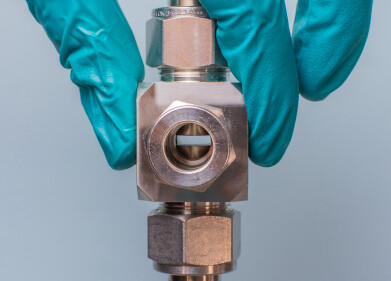Mass Spectrometry & Spectroscopy
Why Do Astronauts Get Blurred Vision?
Dec 10 2016
Space exploration is no easy venture. Not only are there mechanical risks associated with cosmic travel in a spacecraft, but the environment itself also puts the body under intense stress. It’s an issue that has plagued many astronauts since space exploration began in 1961, and now a team of scientists is claiming that they may have pinpointed the root cause of the problem.
Clinically referred to as visual impairment intracranial pressure (VIIP), the syndrome affects almost two-thirds of astronauts who spend extended time aboard the International Space Station (ISS). It sees spacefarers develop blurry vision, alongside a set of physical changes including flattening at the back of the eyeballs and inflammation at the head of the optic nerve.
"People initially didn't know what to make of it, and by 2010 there was growing concern as it became apparent that some of the astronauts had severe structural changes that were not fully reversible upon return to Earth," comments lead author Noam Alperin, a professor at the University of Miami.
Spine fluid and space
After studying the physical effects of long-duration space missions, the team is maintaining that spinal fluid could be the culprit. They assert that the VIIP could be linked to changes in the clear fluid that surrounds the brain and spinal cord, which shifts as a result of long-periods of time spent in space.
In the past, scientists have theorised that as astronauts continue to spend time in space, the fluid that occupies the body's vascular spaces transitions upwards. However now, Proffesor Alperin and his team are suggesting that cerebrospinal fluid is the root cause of the problem. On Planet Earth, cerebrospinal fluid (CSF) helps to cushion the spinal cord and brain, and can easily accommodate the rapid changes the body endures when a person moves from a lying to standing position. Thought in space, he explains that the body is confused, which alters its ability to process cerebrospinal fluid changes.
"In space the system is confused by the lack of the posture-related pressure changes," explains Alperin.
Spaceflight tests confirm theory
So how did the team manage to isolate the cause? Studying the physical conditions of seven long-duration astronauts, they took high-resolution MRI scans before and after spaceflights. They then compared their results with nine short-duration astronauts, and found that post-flight, the former experienced significantly higher levels of CSF in the brain cavities that produce the fluid, as well as within the skull’s eye socket bone.
While the study has yet to be published in a peer-reviewed journal, Alperin is confident that the results indicate a "primary and direct role of the CSF in the globe deformations seen in astronauts with visual impairment syndrome."
"If the ocular structural deformations are not identified early, astronauts could suffer irreversible damage," he warns. "As the eye globe becomes more flattened, the astronauts become hyperopic, or far-sighted."
While space exploration can put immense strain on the human body, earthlings aren’t exempt from the dangers of the solar system. ‘Sun, Safety, Spectroscopy - The Science of UV Measurement and Assessing Sun Protection’ warns of the dangers of summer UV exposure, and how spectroscopy is helping medical scientists characterise the protective value of common interventions like sunglasses and sunscreen.
Digital Edition
Lab Asia 31.6 Dec 2024
December 2024
Chromatography Articles - Sustainable chromatography: Embracing software for greener methods Mass Spectrometry & Spectroscopy Articles - Solving industry challenges for phosphorus containi...
View all digital editions
Events
Jan 22 2025 Tokyo, Japan
Jan 22 2025 Birmingham, UK
Jan 25 2025 San Diego, CA, USA
Jan 27 2025 Dubai, UAE
Jan 29 2025 Tokyo, Japan



















